New toolkit provides essential information to reduce bycatch of threatened seabirds as well as improve monitoring methods
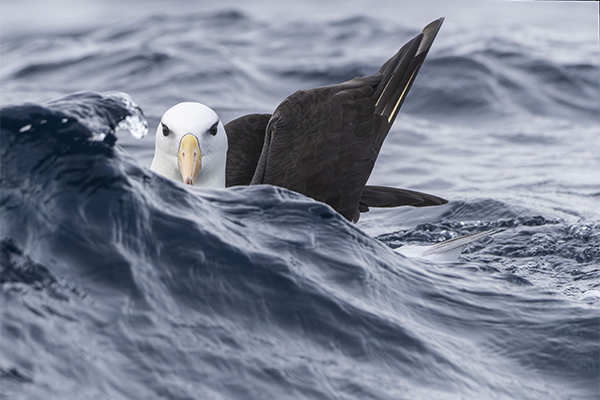
In the Asia-Pacific tuna industry, there is a growing effort to stop the bycatch of endangered albatrosses and other seabirds in longline fishing.
At a recent roundtable discussion, the Sustainable Fisheries Partnership (SFP) teamed up with over 80 fishing companies, along with government officials from nine Asia-Pacific Economic Cooperation (APEC) economies, to develop a Seabird-Safe Fishing Toolkit. The goal is to address the issue of seabirds getting caught, hooked and drowned in fishing operations – an important step to making fishing practices safer for seabirds in the region.
“We have a narrow window of time to stop albatross extinctions,” said Alexia Morgan, Ocean Wildlife Manager at SFP. “The toolkit will help accelerate progress by supporting these companies in delivering on their existing sustainability policies to protect albatrosses and other seabirds.”
Mandy Leathers, Senior International Advisor at New Zealand’s Department of Conservation, said the toolkit is a “one-stop shop” that brings together essential information about the ocean areas important to threatened seabirds, the best measures to avoid bycatch of seabirds and robust monitoring methods.
“A growing number of global companies involved in tuna fishing want to address impacts on threatened marine wildlife to meet the demands of their markets. We want to support them as much as we can,” said Leathers. “Unlike many global environmental issues, there are effective ways to solve the problem of seabird captures in longline fishing operations. This relies on fisheries having the necessary information, as they have a key part to play.”
Seafood companies Thai Union and Tri Marine, and Seafood Business for Ocean Stewardship (SeaBOS) attended the roundtable and supported the toolkit. Martin Exel, managing director of SeaBOS, said science-based solutions like this toolkit, developed and implemented by conservation and scientists in collaboration with industry, are critical to reducing impacts on endangered species of seabirds and achieving sustainable seafood production.
Could these high- and low-tech approaches help curb fisheries bycatch?
“Reducing the impacts of fishing on endangered species of seabirds is something we must all do, and having the options and approaches outlined in this way will speed up the process of restoring seabird population health, while also improving catches and returns for the industry,” said Excel. “It’s a win-win for seabirds, the seafood sector, conservation, science, government and industry.”
Thai Union has already pledged to only source from vessels that are implementing best practices to protect ocean wildlife from bycatch, including seabirds.
“This toolkit is a critical step towards resolving the pressing issue of seabird bycatch in fishing operations,” said Fong Lee, Thai Union’s sustainable fish sourcing director. “By harnessing best practices, innovative technologies and collaborative efforts, we aim to significantly reduce the unintended harm to seabirds.”
Now that you've reached the end of the article ...
… please consider supporting GSA’s mission to advance responsible seafood practices through education, advocacy and third-party assurances. The Advocate aims to document the evolution of responsible seafood practices and share the expansive knowledge of our vast network of contributors.
By becoming a Global Seafood Alliance member, you’re ensuring that all of the pre-competitive work we do through member benefits, resources and events can continue. Individual membership costs just $50 a year.
Not a GSA member? Join us.
Author
-
Responsible Seafood Advocate
[103,114,111,46,100,111,111,102,97,101,115,108,97,98,111,108,103,64,114,111,116,105,100,101]
Related Posts
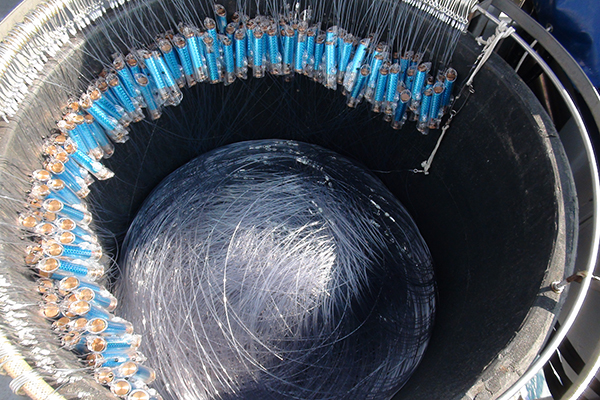
Fisheries
Could an electric-pulsed device help mitigate shark bycatch in longline fisheries?
Research shows that SharkGuard, an electric-pulsed device that attaches to longline fishing rigs, can significantly reduce shark bycatch.
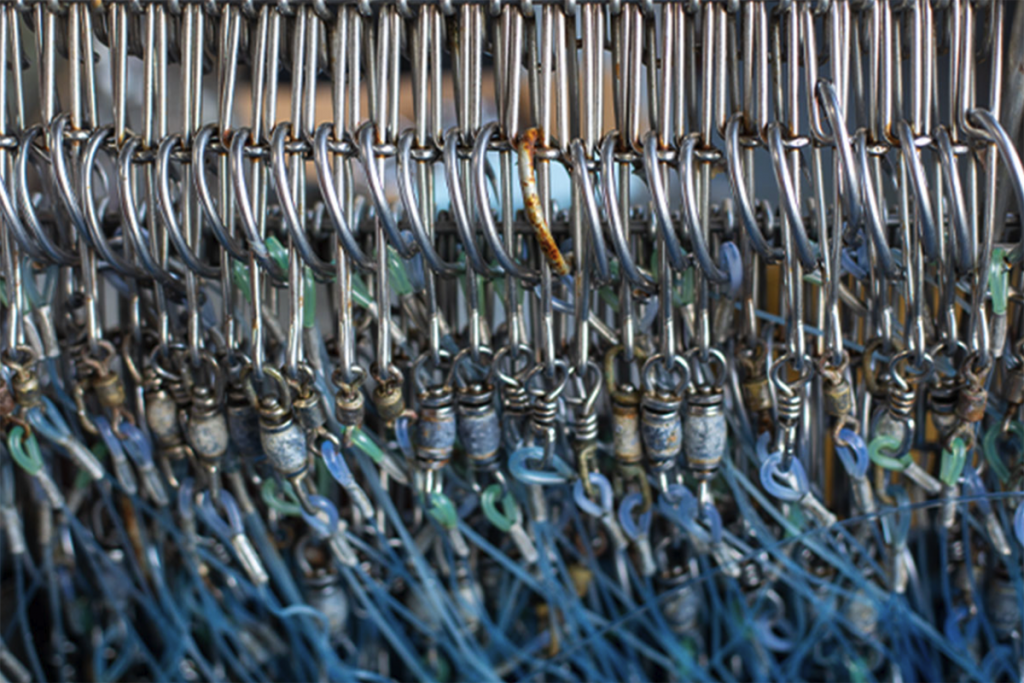
Fisheries
Could these high- and low-tech approaches help curb fisheries bycatch?
From marine mammal ‘pingers’ to seabird-sparing fishing hooks, commercial fishermen have a growing number of options to prevent fisheries bycatch.
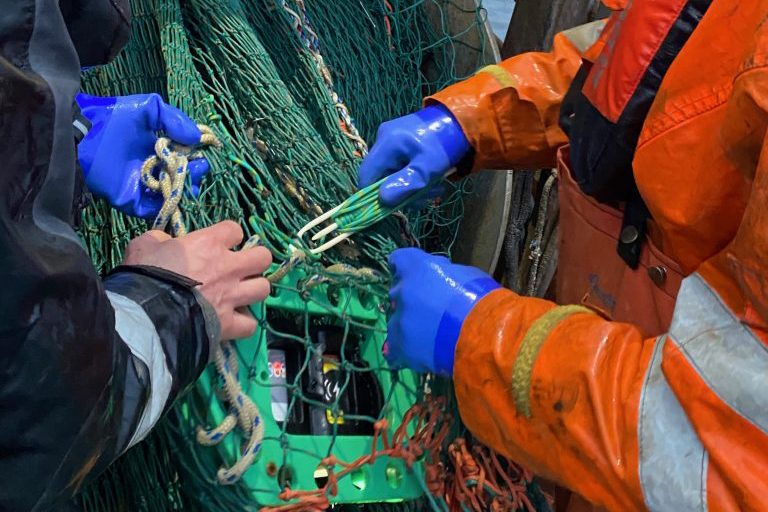
Fisheries
‘A world down below’ – Deeper fishing insights lead to better tools for bycatch reduction
High-tech bycatch reduction devices – data analytics, cameras and sensors – are in play but SafetyNet Technologies says the secret is collaboration.
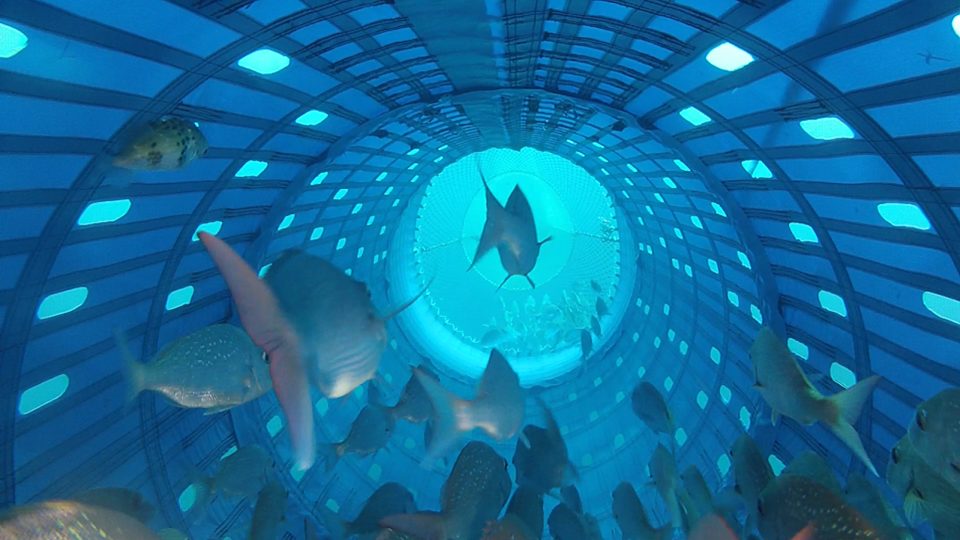
Fisheries
‘We were just looking for a way to fish better’: How one partnership is reinventing commercial fishing nets to reduce bycatch and improve animal welfare
Precision Seafood Harvesting’s novel reimagining of commercial fishing nets provides innovative solutions to both bycatch and animal welfare issues.



